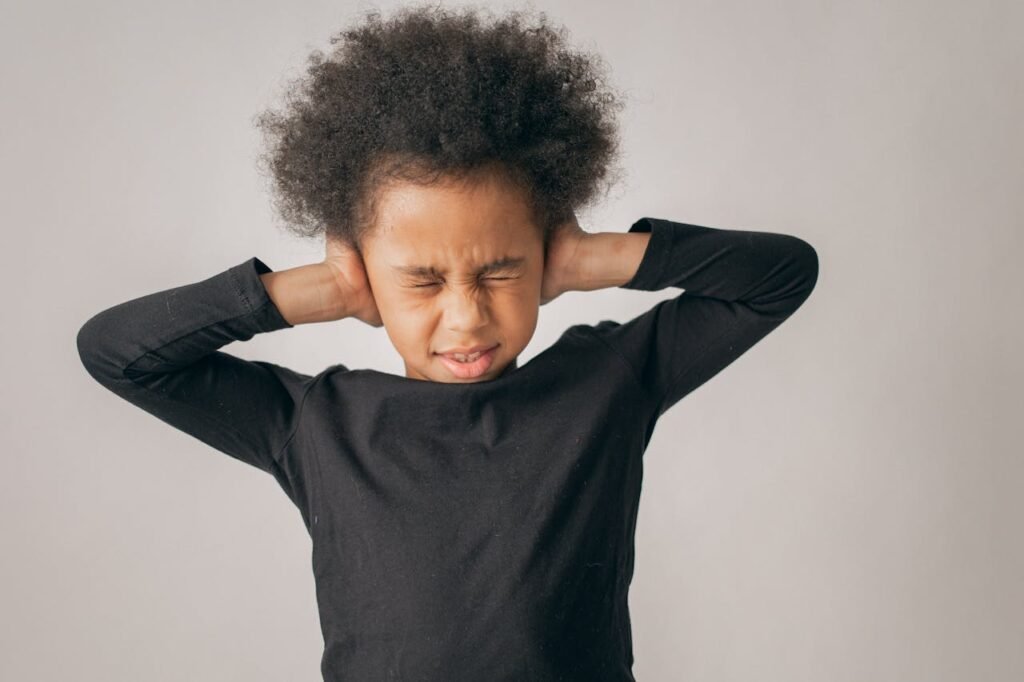Ear infections are among the most common reasons families visit a pediatric clinic. While many are mild and self-limiting, some infections can lead to complications if not recognized and treated promptly. Understanding the early warning signals empowers parents to seek timely pediatric care, ensuring children receive expert evaluation and interventions that safeguard hearing and overall health.
In this comprehensive guide, we’ll cover:
- The different types of ear infections in children
- Key symptoms parents must watch for
- Diagnostic steps a pediatrician takes
- Treatment options and when to call a doctor
- Preventive strategies recommended by pediatric experts
By the end, you’ll be fully equipped to distinguish between harmless ear discomfort and red flags that demand professional attention.
1. Types of Ear Infections
1.1 Otitis Media (Middle Ear Infection)
The most common pediatric ear infection, otitis media, occurs when fluid and inflammation build up behind the eardrum. It often follows a cold or respiratory infection.
1.2 Otitis Externa (Outer Ear Infection or Swimmer’s Ear)
A bacterial infection of the ear canal, typically associated with water exposure, ear anatomy, or skin irritation.
1.3 Otitis Media with Effusion (Glue Ear)
Fluid persists in the middle ear without signs of acute infection. While painless, it can affect hearing and speech development if chronic.
1.4 Chronic Suppurative Otitis Media
Long-lasting or recurrent infection leading to a perforated eardrum and persistent drainage.
Understanding these types helps parents and pediatricians tailor management and watch for complications.
2. Why Children Are Prone to Ear Infections

- Eustachian Tube Anatomy: In young children, tubes are shorter, more horizontal, and easily clogged.
- Immune System Maturity: Frequent exposure in daycare or school increases infection risk.
- Allergies and Respiratory Illness: Nasal congestion and sinus pressure can block drainage.
Pediatricians consider these factors when advising on prevention and recurrence reduction.
3. Early Symptoms to Watch For
Recognizing subtle signs allows for prompt pediatric evaluation. Key symptoms include:
3.1 Ear Pain or Tugging
Infants may pull at their ear. Older children often describe a sharp, throbbing pain.
3.2 Irritability and Crying
Persistent fussiness, especially when lying down, may indicate pressure changes in the middle ear.
3.3 Sleep Disturbances
Nighttime waking, inconsolable crying, and difficulty settling can signal ear discomfort.
3.4 Fever and General Malaise
Low to moderate fevers accompany many ear infections. Observe for lethargy or decreased activity.
3.5 Fluid Drainage
Yellow or bloody discharge suggests a perforated eardrum; seek immediate care.
3.6 Hearing Changes
Temporary hearing loss may manifest as delayed speech, inattentiveness, or volume adjustments on electronics.
3.7 Balance Problems
The inner ear affects equilibrium. Unsteady gait or clumsiness warrants evaluation.
If you notice any combination of these signs, it’s wise to schedule a pediatric appointment.
4. When to Seek Immediate Pediatric Care
Some red flags demand urgent attention:
- Severe, unrelenting pain
- High fever (over 102°F)
- Continuous drainage of pus or blood
- Signs of mastoiditis: swelling behind the ear, redness, or ear protrusion
- Neurological signs: vomiting, severe headache, or double vision
Prompt intervention can prevent rare but serious complications like hearing loss or intracranial spread.
5. The Pediatric Diagnostic Approach
5.1 Medical History
Pediatricians ask about:
- Recent URIs (for context, see our guide on common colds and persistent coughs)
- Allergy history and environmental exposures
- Ear pain onset, pattern, and triggers
5.2 Physical Examination
Using an otoscope, doctors inspect:
- Tympanic membrane color and position: A bulging, red eardrum indicates fluid buildup.
- Mobility: Pneumatic otoscopy assesses membrane movement.
- External ear and canal: To distinguish otitis externa.
5.3 Hearing and Balance Tests
For recurrent or chronic cases, pediatricians may perform audiometry or refer to an audiologist.
5.4 Imaging and Specialist Referral
Rarely needed in uncomplicated cases. Chronic or complicated infections may require tympanometry or ENT evaluation.
6. Treatment Strategies: Pediatrician vs. Home Care
6.1 Watchful Waiting
If symptoms are mild and your child is over 6 months, pediatric guidelines often support monitoring for 48–72 hours before antibiotics.
6.2 Pain Management
- Acetaminophen or ibuprofen: Weight-based dosing for pain and fever relief.
- Warm compresses: A soothing, non-pharmacologic option.
6.3 Antibiotic Therapy
Used when:
- Symptoms are severe
- Child is under 6 months
- No improvement after watchful waiting
Common choices: Amoxicillin as first-line, with alternatives for resistant cases.
6.4 Ear Drops and Topical Treatments
For otitis externa, antibiotic or antifungal drops clear the canal infection.
6.5 Tympanostomy Tubes
For recurrent otitis media or chronic effusion, pediatricians collaborate with ENT specialists to place ear tubes, reducing fluid buildup and infection risk.
7. Preventive Measures Recommended by Pediatricians

7.1 Immunizations
Vaccines against influenza and pneumococcus decrease ear infection rates.
7.2 Breastfeeding and Bottle Positioning
Breast milk conveys antibodies. Feeding upright prevents milk ingress into the eustachian tube.
7.3 Smoke-Free Environment
Secondhand smoke irritation elevates infection risk.
7.4 Allergy Management
Treating allergic rhinitis reduces nasal congestion and eustachian tube blockage.
7.5 Proper Ear Hygiene
Gentle cleaning of the outer ear and avoiding cotton swabs in the canal.
8. Long-Term Outlook and Complications
Most children recover fully with prompt pediatric treatment. Potential complications include:
- Hearing impairment: Usually transient; monitor with follow-up audiograms.
- Chronic effusion: May affect speech—refer to ENT for tubes.
- Mastoiditis: Rare, but requires IV antibiotics and possibly surgery.
Education on symptom vigilance helps prevent progression and preserves long-term ear health.
Ear infections can cause significant discomfort and worry, but a pediatrician’s expertise ensures accurate diagnosis, appropriate treatment, and prevention of complications. By recognizing key symptoms—from ear pain and fever to drainage and hearing changes—you can secure timely medical care. Partnering with your pediatric clinic not only resolves acute infections but also establishes a foundation for lifelong ear and hearing health.
